October 28, 2015
by Finola O’Carroll
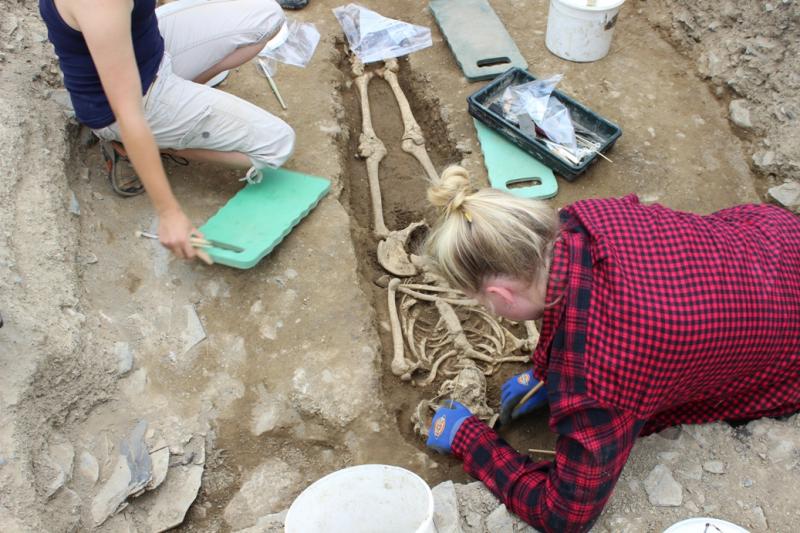
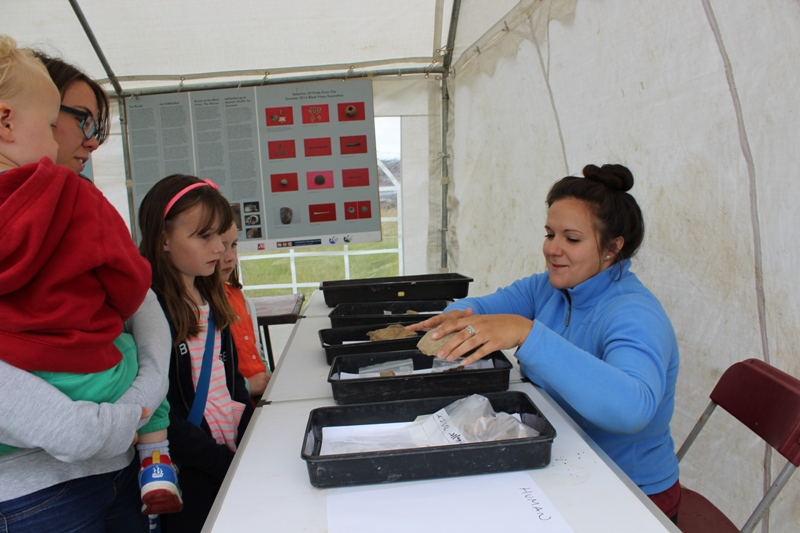
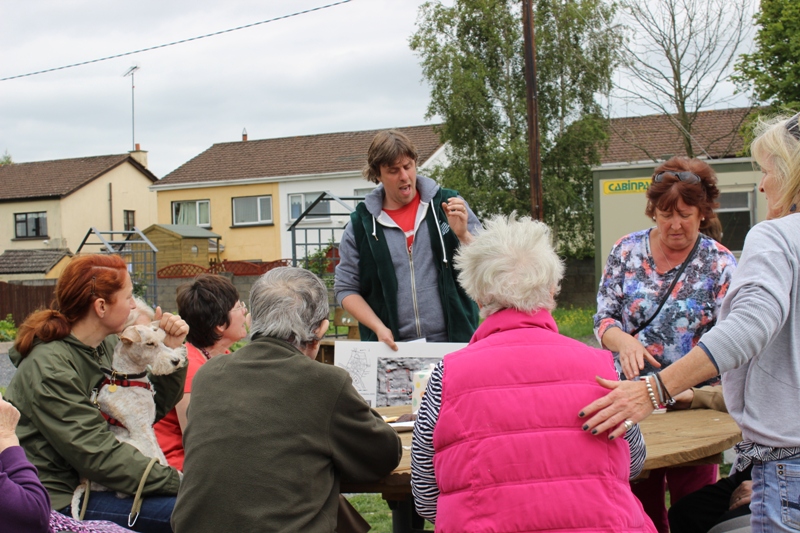
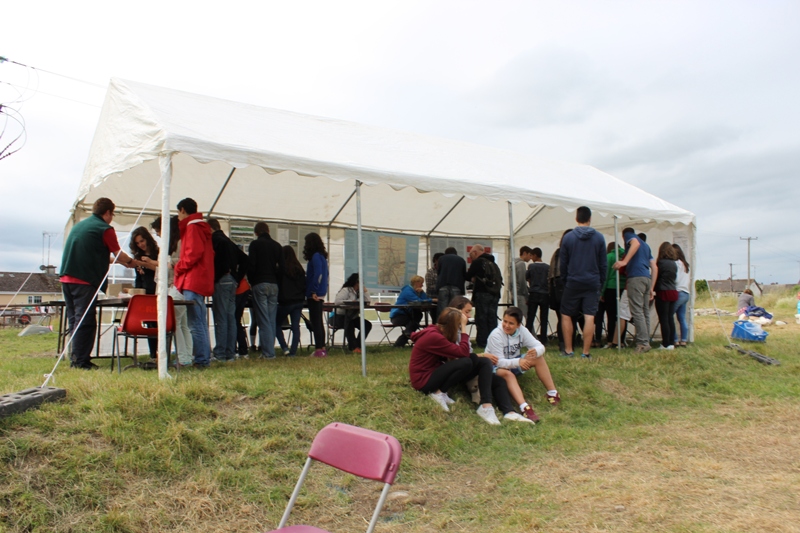
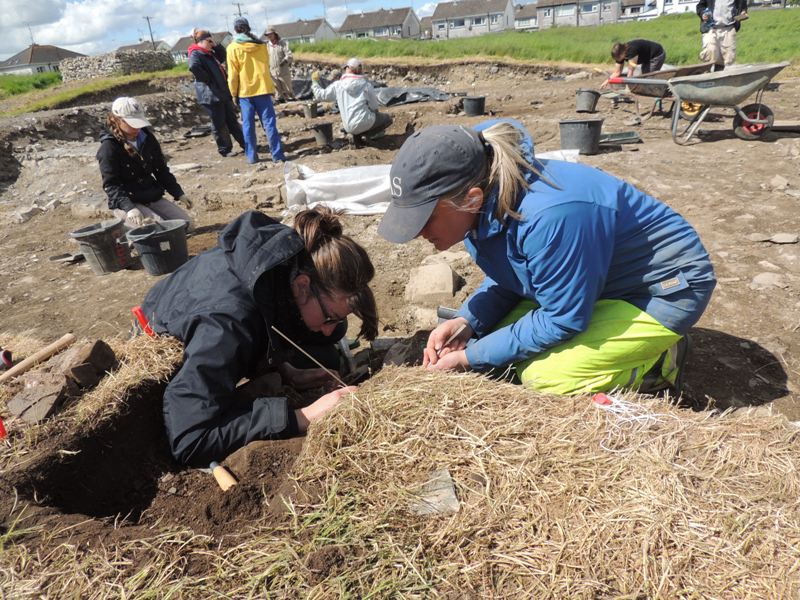
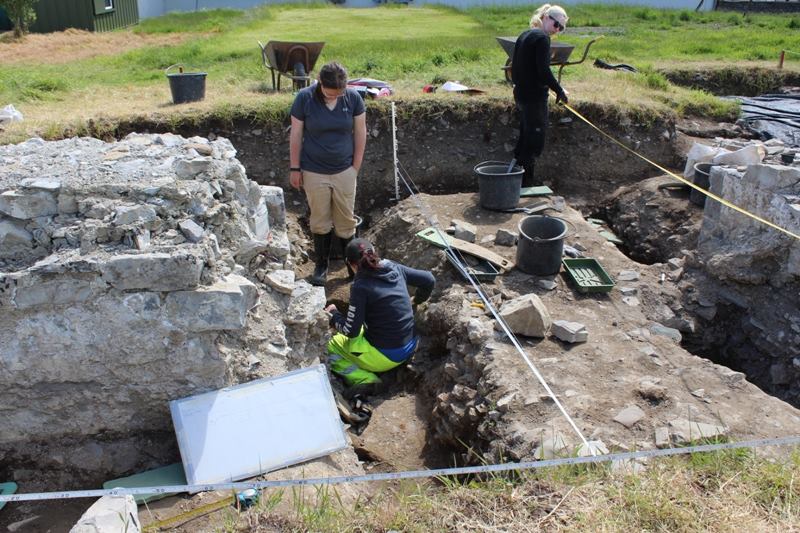
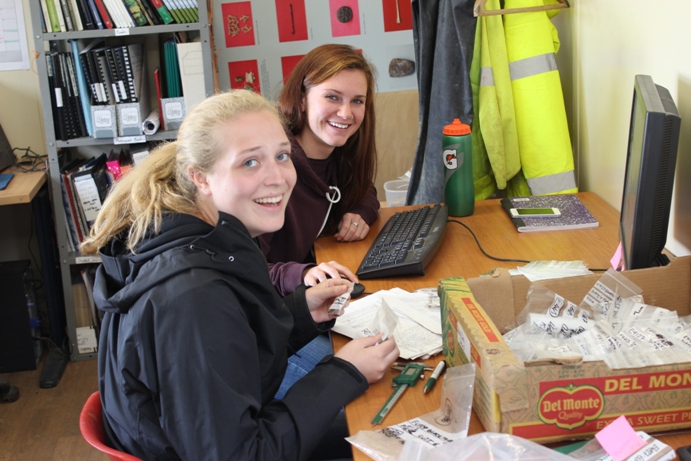
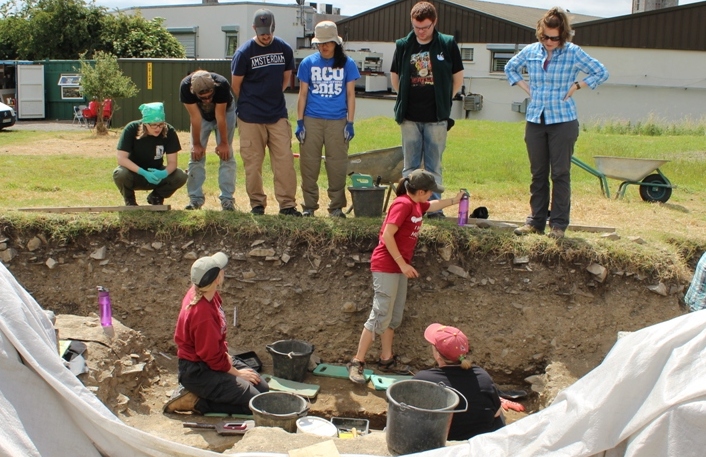
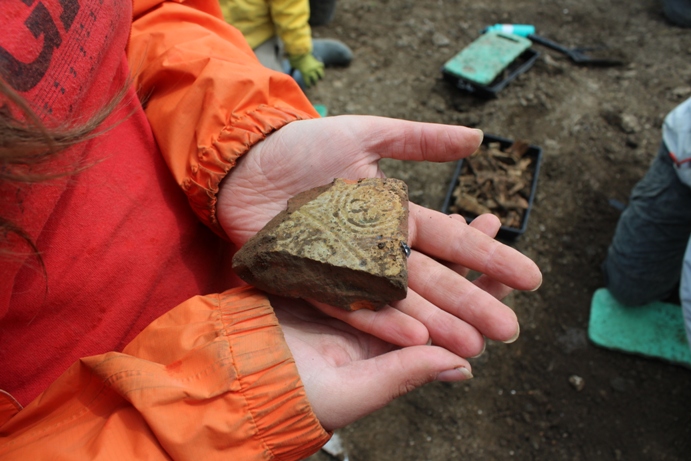
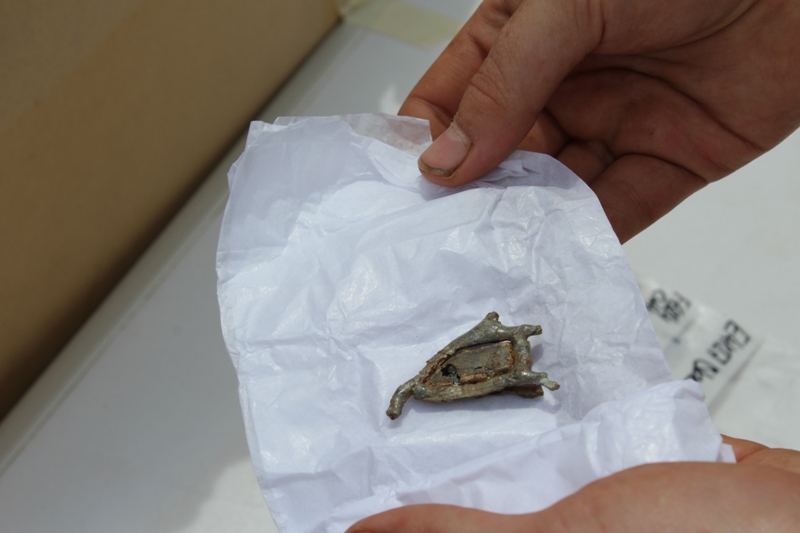
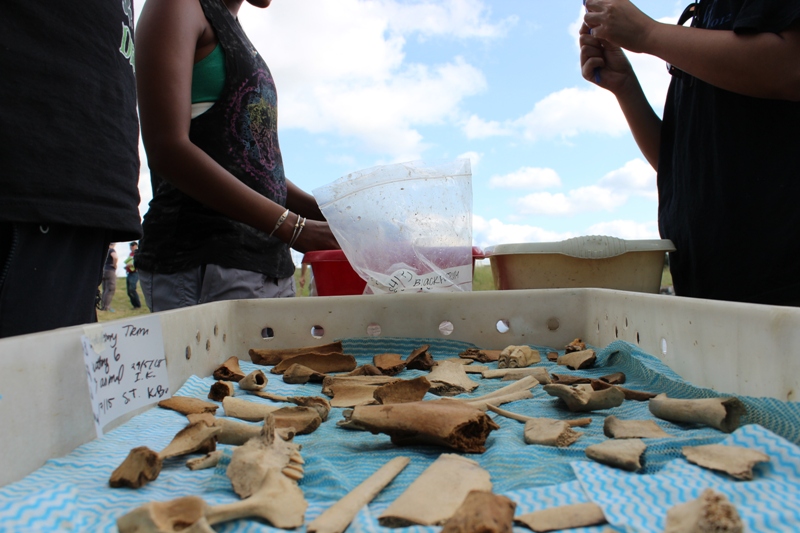
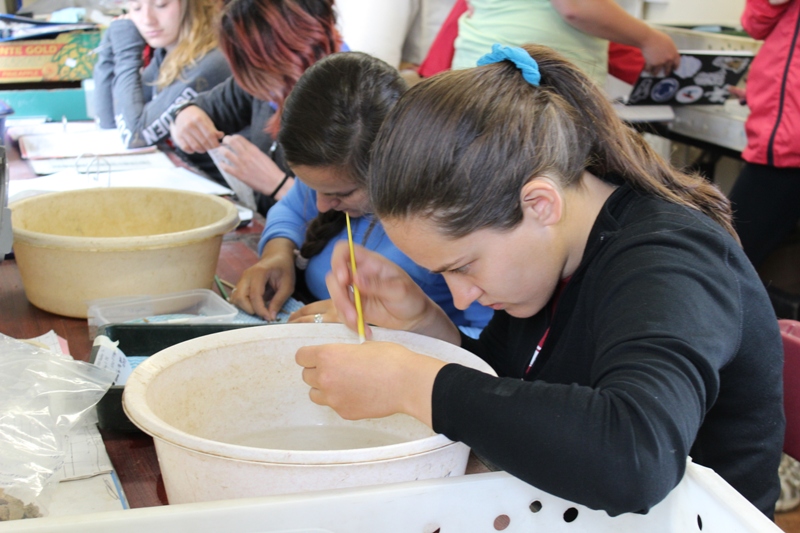
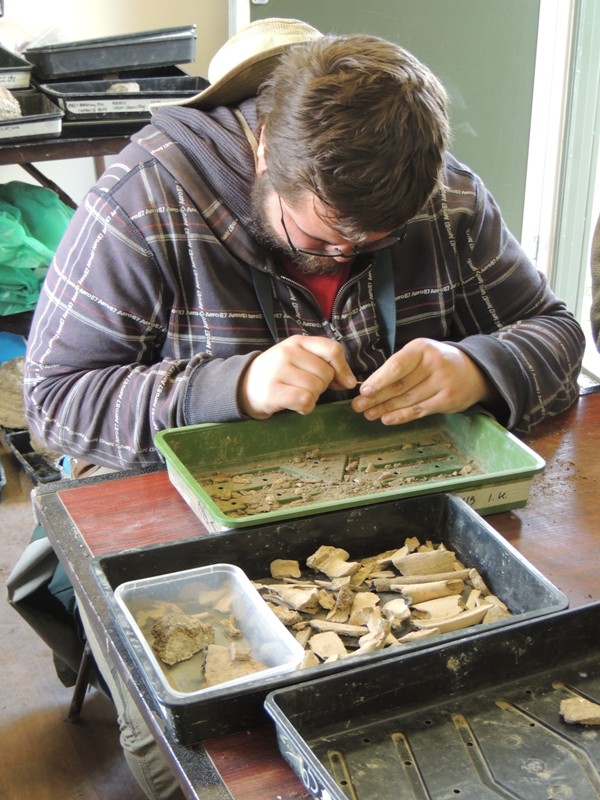
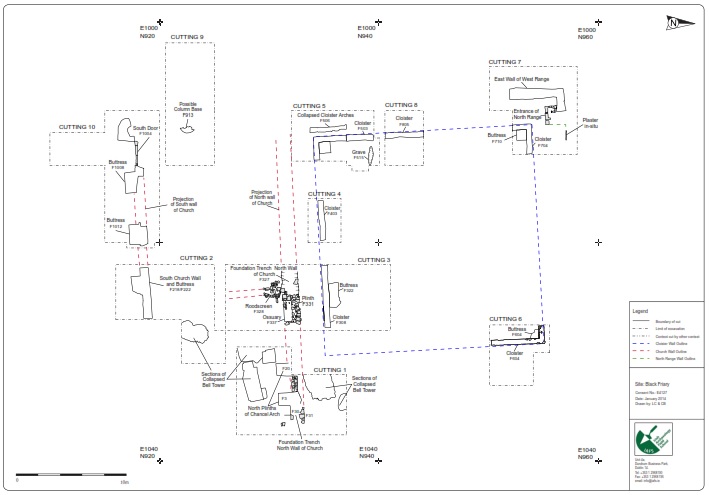
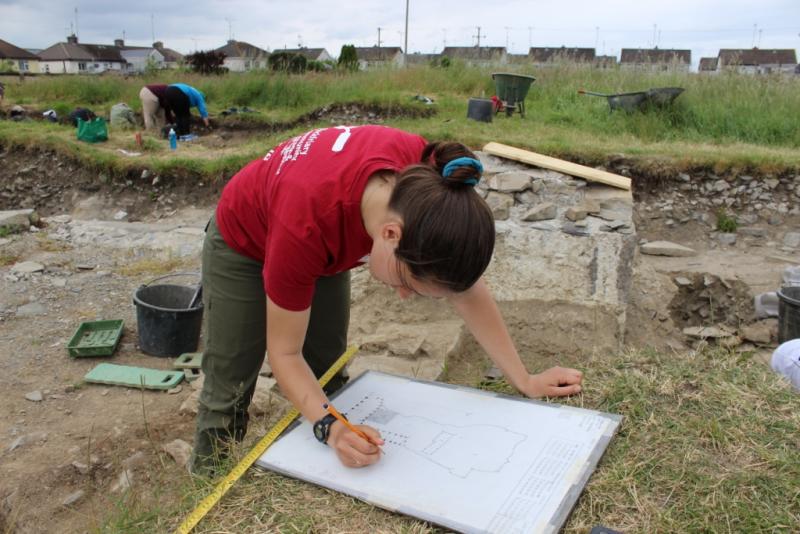
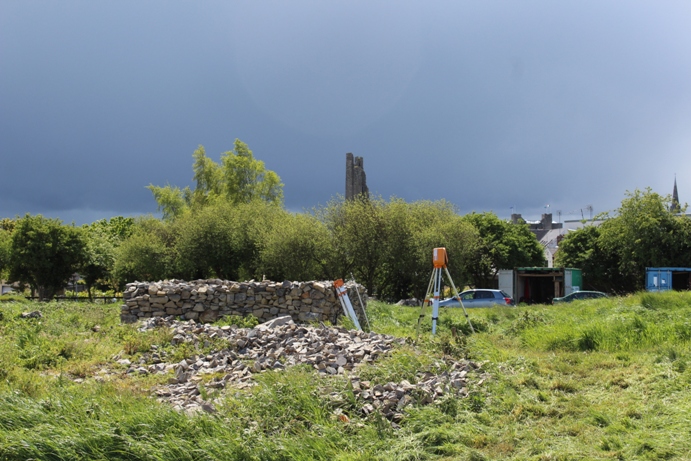
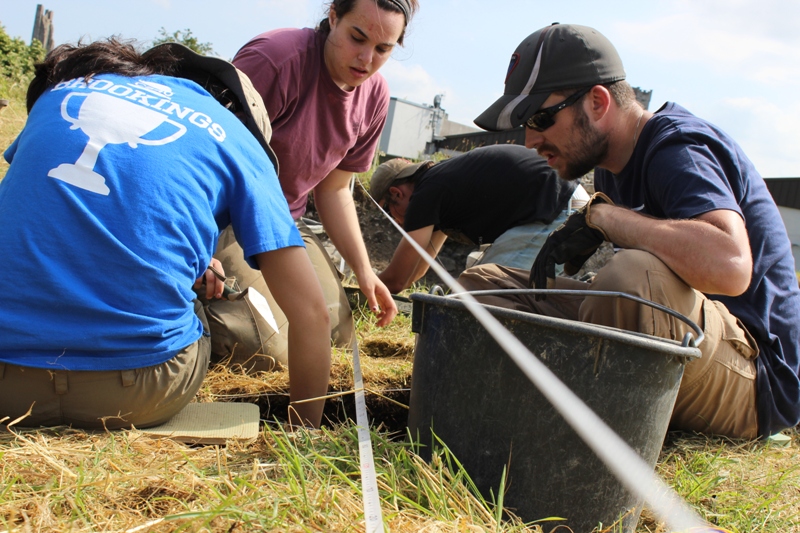
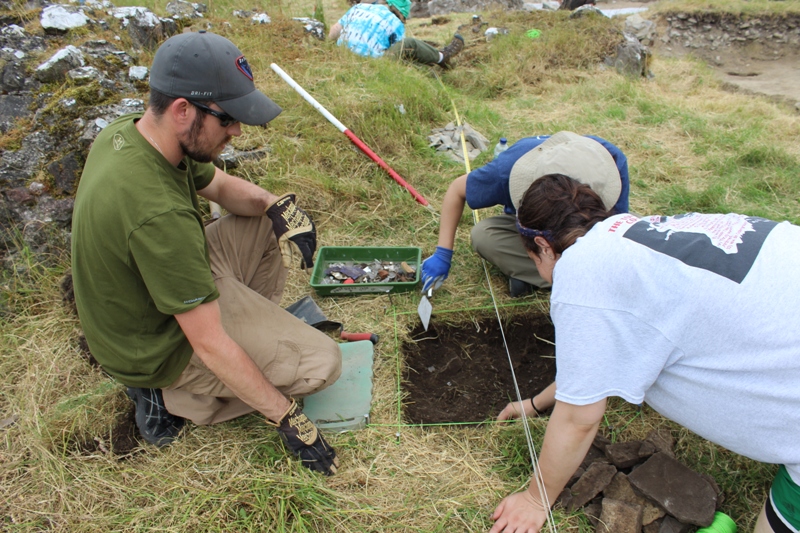
The following is the first in a series of blogs by project co-founder and site co-director, Finola (Fin) O’Carroll, summarising the results of the 2015 season. In this blog, Fin gives an overview; subsequent blogs will look at each of the excavated cuttings one by one in more detail.
On the 21st August this year we said goodbye to our last group of students, and apart from some minor finishing out of bits and pieces that was our Season 6 finished.
So what did we get done this year?
With our highly energetic team including my co-director Dr Denis Shine and post-excavation manager Bairbre Mullee, our staff supervisors Laura Corrway, Ian Kinch and Mark McConnon, and some very enthusiastic teaching assistants, we had a wonderful summer, both in terms of the archaeology and the teaching program. All under the watchful eye of our site administrator Mairead Stobie.
Dr Rachel Scott of DePaul University, Chicago, joined us again for the summer to continue her research and teaching as the project bio-archaeologist. Project co-founder Dr Steve Mandal was a regular visitor to site, teaching the students about geology and examining the stone artefacts (in particular the architectural fragments of Purbeck Limestone – more on this to follow in a future blog).

Clean back of Cutting 6
Well, in May we started back in Cutting 6 with a group of students from Ohio State University who as always were accompanied by Professor Alison Beach. Cutting 6 was opened in 2012 and extended in 2014 initially to find the NE corner of the cloister, and then extended to expose some of the east range. It has been an extraordinarily productive cutting; we’ve found our first fragments of floor tiles here, a possible manuscript or book clasp and lots of pottery, worked bone, metal and most exciting, several pieces of stained glass still in their lead ‘kames’ in previous seasons, so expectations were high. So this season work continued in the area of the Chapter House, supervised by Ian, and we now know the internal length of it, but not yet the width. It appears that the Chapter House was extended at some point in time, so it projects east beyond the line of the range.
Then students working on the north side of the Chapter House came across an area of burning set within a setting a stones, strongly suggesting the presence of a formal fireplace. This is really interesting as we may have found the calefactory or warming room of the friary. Finally, Alison and one of her students excavated the remains of two infant burials, interred within the rubble of the buildings just below the sod.
We also continued working in Cuttings 3 and 10, and when Rachel arrived, we resumed excavating some of the burials in these areas. Those in Cutting 3 are within the nave of the Church, and those in Cutting 10 were in the graveyard, so there is a nice opportunity to compare and contrast. We found our first unequivocal evidence of a coffined burial, carefully excavated one of Rachel’s doctoral students, Charisse Carver. We also confirmed that burials continued beneath the path leading to the door to the south aisle of the Church.
Cutting 10
Excavations in Cutting 10, which straddled the interior of the south aisle, the robbed out wall and the graveyard were supervised by Laura, and a lot of good information regarding sequencing was uncovered this year.
Cutting 9 was also excavated, and Ian ensured that the later agricultural features at the west end were fully excavated and understood. He also completed the excavation, assisted by the students, of the foundation trench of the west wall of the Church.
While all this was happening, students were also busy being trained in all the aspects of recording and post-excavation processing. Bone, both animal and human was washed, dried, and properly bagged and labelled; and all the associated records kept up to date, supervised by Mark and Bairbre. Pottery and other finds were washed, marked and bagged. And the students were initiated into the mysteries of updating the digital data, under the eagle eyes of the post-ex team.
Community day
In addition to overseeing the post-excavation processes, Denis managed the community and visitor engagement aspect of the project. We hosted numerous community events including open days and site tours for over 200 school children (not all at once, over several days!), and the students became really good at laying out finds for them and engaging the children in some really good (and occasionally hilarious) questions and answers.
That’s a very quick synopsis, and we are now busy with all the post-excavation work. So, over the next few weeks, I’ll being giving a more in depth account of what we found, and what we think it means.

The crew